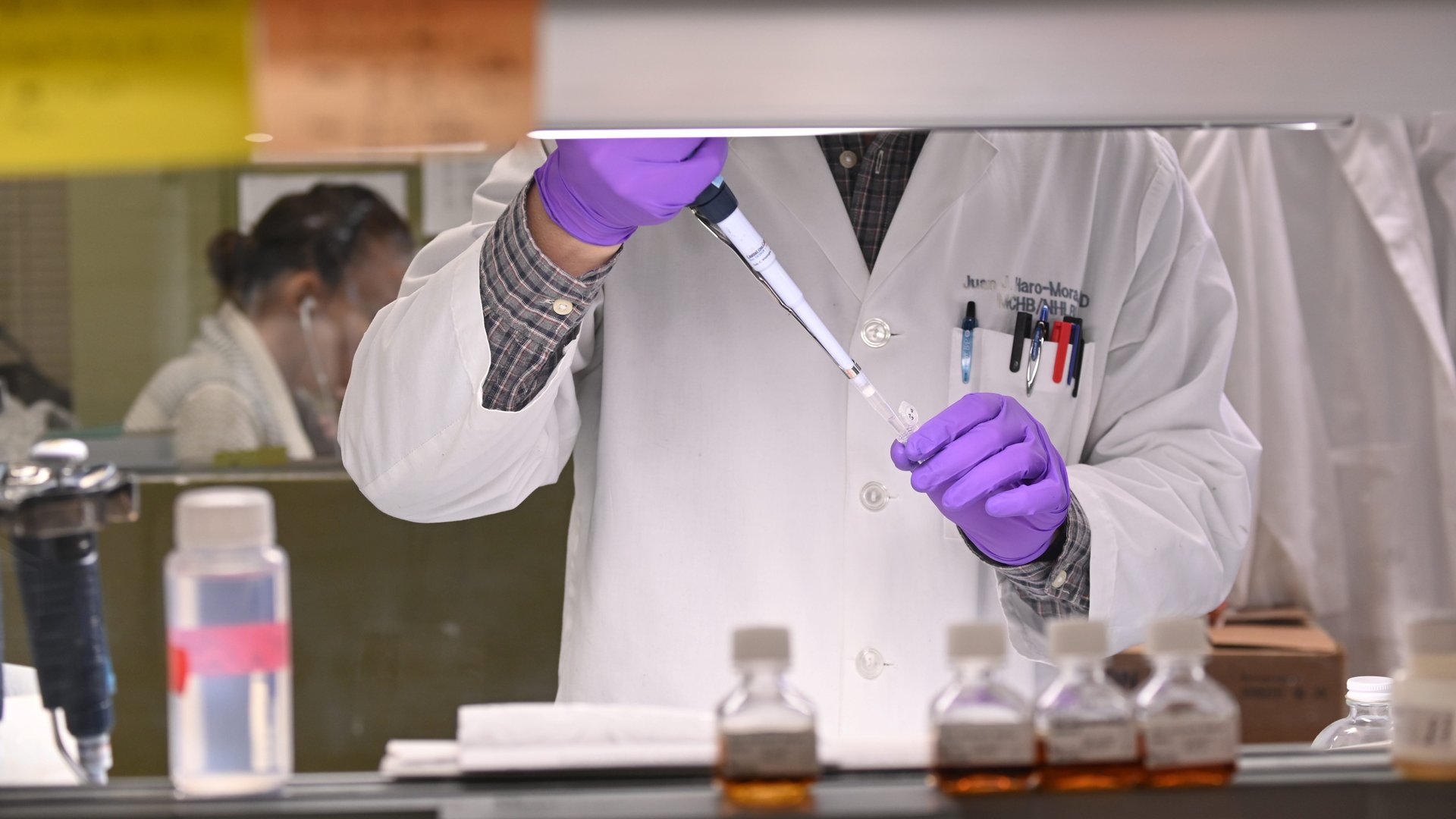Scientists have made big steps in using gene editing to cure sickle cell disease
Gene editing has emerged as another treatment option for genetically inherited human diseases including sickle cell disease.


Gene editing has emerged as another treatment option for genetically inherited human diseases including sickle cell disease.
Scientists published a partial results in New England Journal of Medicine which showed gene editing had been successfully used to treat the disease, with recipients showing positive outcomes. Since receiving the treatment several months ago, the 10 participants in the trial have not needed hospitalization or blood transfusion and are free from pain crises while the side effects have been resolved.
Sickle cell disease, which is also known as sickle cell anemia, is an inherited red blood cell disorder which affects over 12 million people, mostly with origins in sub-Saharan Africa, peoples of African descent in the Americas as well as people in India, Saudi Arabia and Mediterranean countries.
A sickle cell patient can suffer intermittent extreme body pain commonly referred to as a “crisis” due to the “sickling” of some red blood cells. For now, there is no cure for the disease and best outcomes from the disorders can only be obtained through management which is why response measures prioritize prevention strategies including expanding access to testing.
The approach to sickle cell disease management embraced in this study is a clinical application of the latest advancement in gene editing that allows diseases that are due to genetic errors to be corrected.
In November, the Royal Swedish Academy of Sciences awarded the Nobel Prize in Chemistry 2020 to Emmanuelle Charpentier and Jennifer Doudna for the development of CRISPR/Cas9 genetic scissors which they described as “a tool for rewriting the code of life”.
“This technology has had a revolutionary impact on the life sciences, is contributing to new cancer therapies and may make the dream of curing inherited diseases come true,” the academy stated.
The results of the sickle cell trial showed the treatment proved effective in increasing the level of fetal hemoglobin while reducing the level of the sickle hemoglobin.
The research team, led by pediatric hematologist Haydar Frangoul, acknowledged what had been able to achieve in the clinical trial had previously been unthinkable.
“Our vision with this approach is to use the patient’s own stem cells to provide a transformative treatment. With these data in 10 patients, we can see the potential to fulfill this vision. With more data and longer duration of follow-up, we will hopefully confirm that we have a durable therapy that may transform the lives of many patients,” said Frangoul in a statement.
But the extensive and expensive elaborate techniques required may be beyond the reach of patients living with sickle cell in Africa where the highest disease burden exists.
It may also take a while before it becomes cheaper and easier to mass produce as the current approach is still cumbersome and patient-specific, says Ayodele Akinyemi, a genetics researcher at University of Ibadan in Nigeria. “It is no longer impossible to end sickle cell disease,” he says. “The tools appear to be available now but what we now need to do is to make it very cheap and easy to roll out everywhere.”
Although the treatment is still experimental, CRISPR Therapeutics and Vertex Pharmaceuticals who jointly developed the treatment, recently revealed they are already securing regulatory designations including in the US and Europe.
Sign up to the Quartz Africa Weekly Brief here for news and analysis on African business, tech, and innovation in your inbox